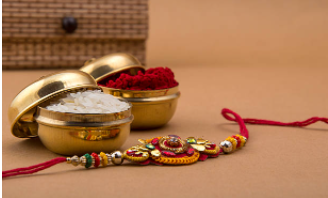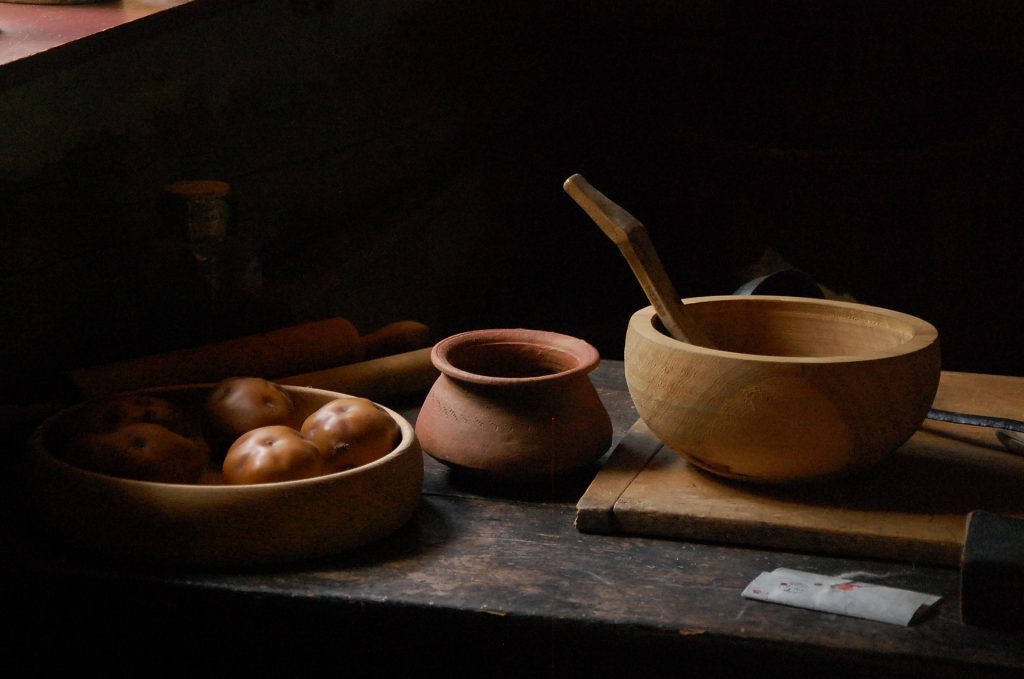
Baking is now a household name- lets study its history and evolution to understand how we reached here
Baking has managed to become a core part of our lives, regardless of whether we know how to bake or not. Our birthdays are incomplete without a cake and bread is an essential part of many meals. Hence it has become a crucial part of our lives.
Baking is way much older than you think. It is so old that may be our past 100 generations must have been baking like we do, using different methods and tools but making the same product. Taking us back to the BC period, let us study history today and discover what events lead to the evolution of what we call “Baking” today.
The Origin - The Roman Empire
During the Roman Empire, around 300 BC, baking was considered as a very respectful profession. They learned the art from Greeks, who used to take wild grass grains, soaked it in water, mashed and mixed it, resulting in a paste. Then, the solution was further cooked on a flat, hot rock which resulted in a bread-like substance.
Roman Empire established Baker’s Guild which recognised the bread bakers as skilled artisans. They even held a festival every year to celebrate the oven goddess, Fornax. Such was the respect of baking at earlier times!
Around 1 A.D, there were more than 300 pastry chefs in Rome, and they baked many varieties of foods. There were many types of breads available. There were sweet cakes, sacrificial cakes, pastry cake, pretzels and a lot more. To get their job done, the Romans used an oven with a chimney on it. They had grain mills, which helped them grind grain into flour.
Ovens were not a household thing. Only those who could afford wood-burning stoves baked bread. To be able to produce high-quality bread was an achievement in itself, which further divided people into higher and lower status. The rich ate different types of bread and meat pies, while the poor ate black bread.
Because of the popularity in Rome, the art of baking became famous throughout Europe and eventually spread to Asia.
The Ancient Egyptians And Their Contribution To Baking
Ancient Egyptians have also been given credit for inventing & shaping Baking at its early stages, way back around 2600 BC. It is said that they learned this skill from Babylonians. They baked bread using yeast, which was also used for brewing beer.

History fanatics have managed to copy this method with yeast as old as 4,500 years old and got successful results while we cannot even copy our partner’s answer sheet accurately. Check out the below tweet in 2019
Interestingly, archaeologists have found bread pieces in old tombs. The ritual is that friends and family kept them so that the person had something to eat in the afterlife. Our ancestors were certainly more caring and concerned!
The evolution of Baking in Britain
After the 15th century, saffron and many other expensive spices made baking well-known amongst the people of Britain. Tasty gingerbread, sweet dough buns, mincemeat pies all entered the scene, creating their mark in the history of baking.

In London, the pastry chefs started selling their baked goods in handcarts, making good revenue while maintaining a convenient shop on wheels. Since the products were delicious, a system of baked goods delivery to people’s households started booming the industry.
Desserts became hit when in the 17th century, the price of sugar lowered, and refined flour was readily available, hence came in pies, pastries, iced cakes and muffins. And the yummy era began!
The Industrial Revolution of the 18th-19th century was the turning point for accessible ingredients in an average – mainly because of the technology and also the change in taste. Development of the semi-closed oven was a an important boost in evolution of baking which provided future chefs of the time with new tools and the time they needed to experiment and create new cake recipes.
More and more women became part of the workforce in 19th century, and less time for food preparations lead to the invention of convenience food. It was an instant hit, as it reduced kitchen time for women. Also, in this century, baking powder took the role of creating dense, yeast-induced cakes into the light, fluffy and cute baked goods which we cherish even today.
While baking evolved as a whole across different parts of the world, some dishes/recipes grew to be what forms the Bakery menu today. Lets have a look at some of these favorite baking recipes and how they came into existence:
Chocolate Chip Cookies
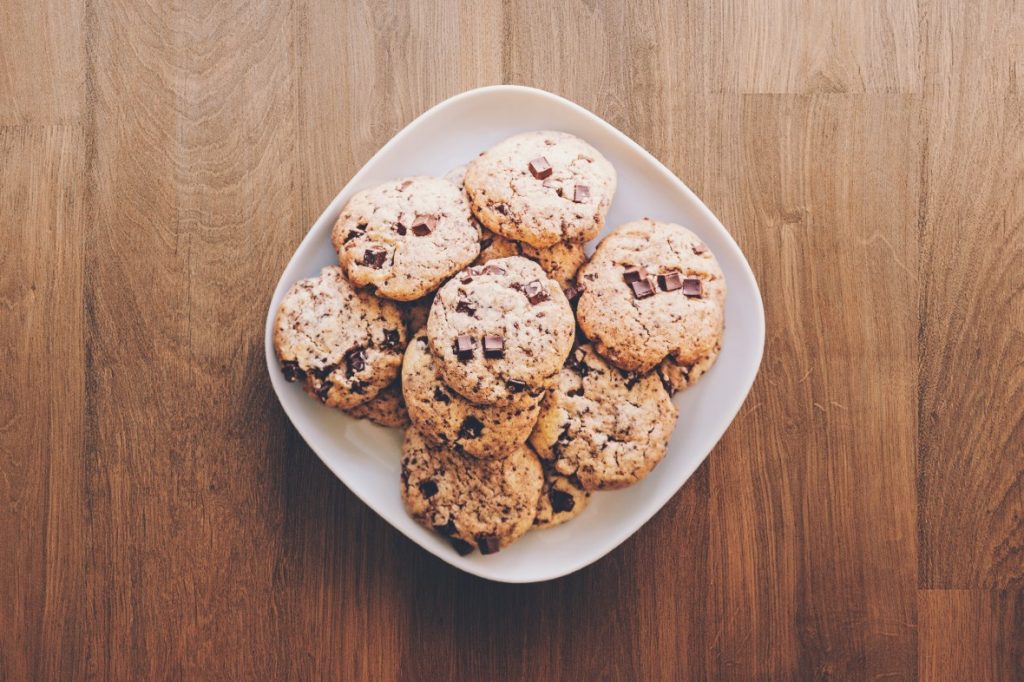
The owner of Toll House Inn at Massachusetts in USA, Ruth Wakefield is the inventor of Chocolate Chip Cookie. She used to experiment with food and served those dishes to the people staying at her inn.
One day, she decided to cook a batch of Chocolate Butter Drop Do cookies, only to discover she ran out of baker’s chocolate. She took the chance and chopped a block of Nestle’s semi-sweet chocolate to replace the original ingredient. Daring!
She expected the chocolate to melt as regular chocolate would, but the chocolate did not melt and retained its shape while being moist and soft, resulting in chocolate chip cookies!
The recipe was an instant hit with her guests and with growing popularity, she decided to repeat the formula. She originally named her recipe “Chocolate Crunch Cookie.”
She published the recipe in several newspapers. Her recipe even got featured in a popular radio program, and the popularity of chocolate chip cookies exploded and became a household favorite!
BakeHoney Trivia: Nestle printed Ruth’s recipe, in exchange for a lifetime supply of chocolate! They called it “Mrs Wakefield’s Toll House Cookies” and sold chocolate bars with the same method!
Thank You, Ruth, For Your Smart Thinking!
Muffins
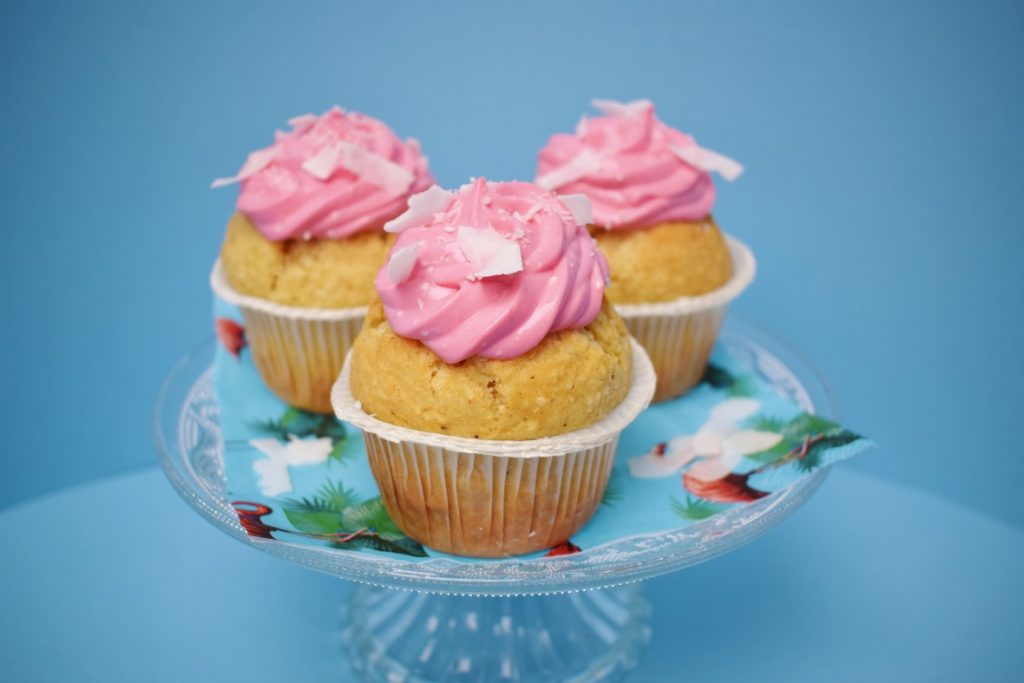
Photo by Julias Torten und Törtchen from Pexels
The origin of muffins is said to be from England. Back in the 10th century, English style muffins were yeast-raised and cooked on a griddle.
The servants of aristocrats made muffins from leftover bread! While they didn’t taste how they do today, they did eventually made their way into kitchens of people from high social status.
The “muffin-men” used to buy muffins in bulk and sell them in the streets, which made the delicacy appeal to a large number of people. Soon, muffins started serving as a morning and afternoon tea snack.
The American version was initially called cupcake and it's base consisted of a layer covered with chocolate or sugar. The mixture of the American and British recipes resulted in evolution of what we today know as Muffins.
Brownies
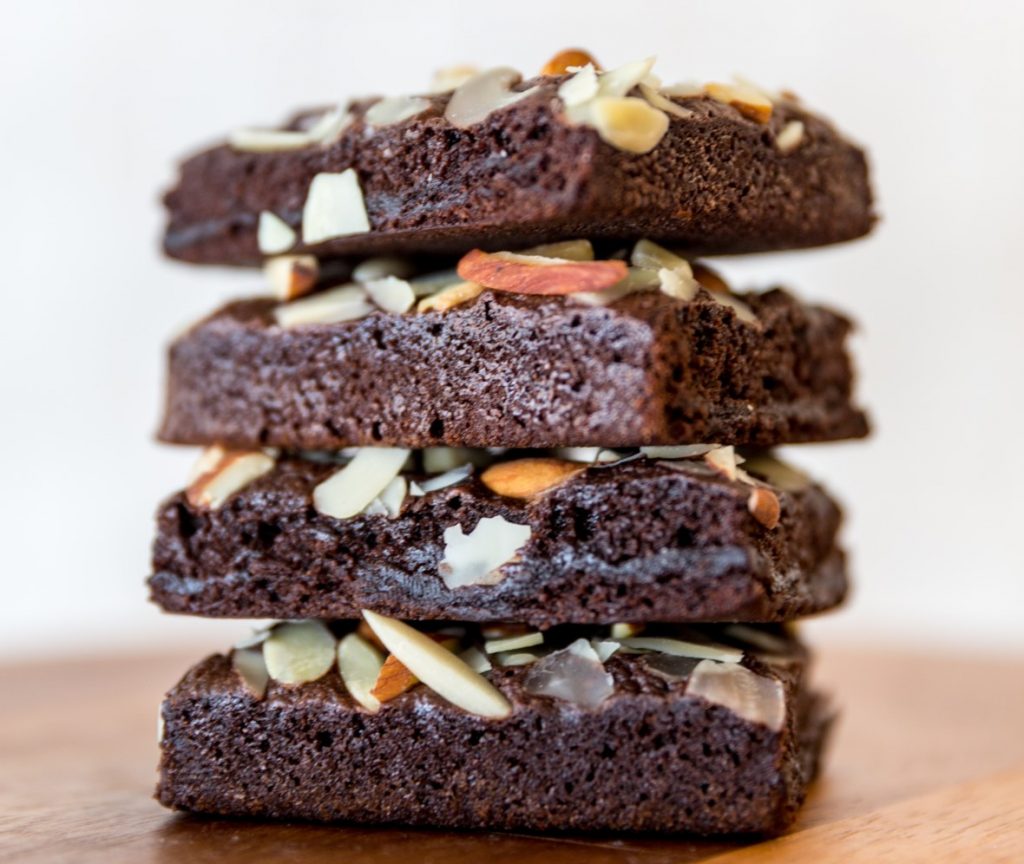
Photo by Thanachat Chantaramanee from Pexels
Brownies could be defined as a bar-shaped cake which is very rich in chocolate. Our study of history says that this favorite recipe across the globe, first appeared in an 1896 cookbook by Fanny Farmer, who baked her cookie recipe in a rectangular pan. But her recipe didn’t contain any chocolate! Then later in an 1897 Sears and Roebuck catalogue, brownies were advertised under the heading “Fancy Crackers, Discuits, etc.,” but the possibility of them being chocolate is still not known. But another advertisement clearly showed chocolate brownies – the first known reference to chocolate and brownies together.
The first recipe of chocolate brownies was called Brownie’s Food, and it appeared in Machias Cookbook in 1899. This recipe got attention, and it got published in many other cookbooks as well. Fanny Farmer republished her cookbook which contained recipes for two types of brownies – chocolate and non-chocolate. Brownies became nationwide famous after that, and later evolved to a global delicacy and won us over!
Bringing Baking to India- a Brief History
Indian history boasts of many adoptions from the British Empire and Cakes were one of them. Post Independence, cakes were only popular in the areas where there was a strong British hold and it was an item bought by the “higher class of society.” Cakes were too western to be adapted into the Indian culture, yet.
On December 25th, 1955, The first President of India, Dr. Rajendra Prasad cut a special 40-pound Christmas special cake and ordered that it should be distributed among the staff and their children.
Cakes were used for office celebrations, birthday parties or anniversaries. They were usually bought from bakeries. They also had a problem which needed to be fixed, they contained eggs. Guests who were vegetarian had to be taken care of, if you served cake at any occasion.
Customizing for India- Evolution of "Eggless"
Kheer, Rasgulla, Gulab Jamun, Rasmalai, Ice-Cream, Jalebi – all of them have one thing in common, they all are eggless. Since India already has a wide range of sweets and desserts which do not contain a trace of eggs, the people were not keen to try out desserts which contained eggs.
Also, since India has a majority Hindu population which mainly includes vegetarians, the Indian baking industry adopted itself to bake and sell all types of eggless desserts. Please note, it’s not that Indians were vegans. We probably consume dairy more than any nation around.
Eggless bakery products were appreciated among all age groups. They are tasty and serve their purpose rightfully without any eggs!
The early-age eggless products could be differentiated from the desserts containing eggs because the former was less fluffy and soft as compared to the latter, which made latter better.But with the technology advancements, bakers were able to replicate the egg desserts to eggless while keeping the taste and flavor intact!
Cakes got cheaper and easier to afford overtime, and become an Indian favorite. And that’s how India, just like the rest of the world, fell in love with Baking. Infact, as per thefoodtechclub, today India is the second largest producer of Bakery products in the world
Here’s the history of your favorite baked goodies and baking itself. Let’s be grateful to our ancestors for the same!








